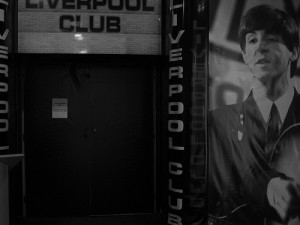Great plans are afoot to turn Liverpool into a port to rival New York, Dubai and Singapore. The plans take the form of a document stating that – if several current projects are pulled together in the right way – Liverpool could once again enter the “Top League” of international ports. From the Liverpool Echo site:
“The massive plan would see links between:
The huge Post-Panamax container terminal at Seaforth.
A bigger John Lennon airport, with a runway extension and world cargo centre.
An improved Weston Docks with better road and rail links.
A new and improved Port Wirral at the entrance of the Manchester Ship Canal.
The 3MG road and rail depot at Ditton.
The proposed new rail freight terminal at the former Parkside Colliery, St Helens.
A new Port Salford to allow container ships further down the Mersey.
The massive Liverpool and Wirral Waters developments.
The second Mersey crossing.”
The North West Development Agency, Mersey Maritime, Peel Holdings, Merseytravel and Sefton Council have all put their weight behind the plans. However, at this stage such an ambition is very much hypothetical, and it remains to be seen whether Merseyside can overcome the infighting it seems to suffer from when working together, to achieve these grand designs. Of course, Liverpool’s Victorian greatness was built on it’s maritime foundations, and it would be a fitting future to recover that status. Let’s just hope they don’t trash the old stuff in their rush for the new.
In other news, Ringo Starr’s birthplace, 9 Madryn Street, will not be listed, after English Heritage judged the building not worthy of the protection. The house, mentioned in Ringo’s awful song to celebrate the Capital of Culture, is one of a row of Victorian terraced houses. 10 Admiral Grove, the house he grew up in (between the ages of four and 22) is open to the public, who are shown round by the current owner, Margarent Grose. The homes of the other Beatles (inlcuding first drummer Pete Best) are listed or protected in some way.





